Phone Comparisons: Samsung Galaxy S25 Ultra Vs Apple IPhone 16 Pro
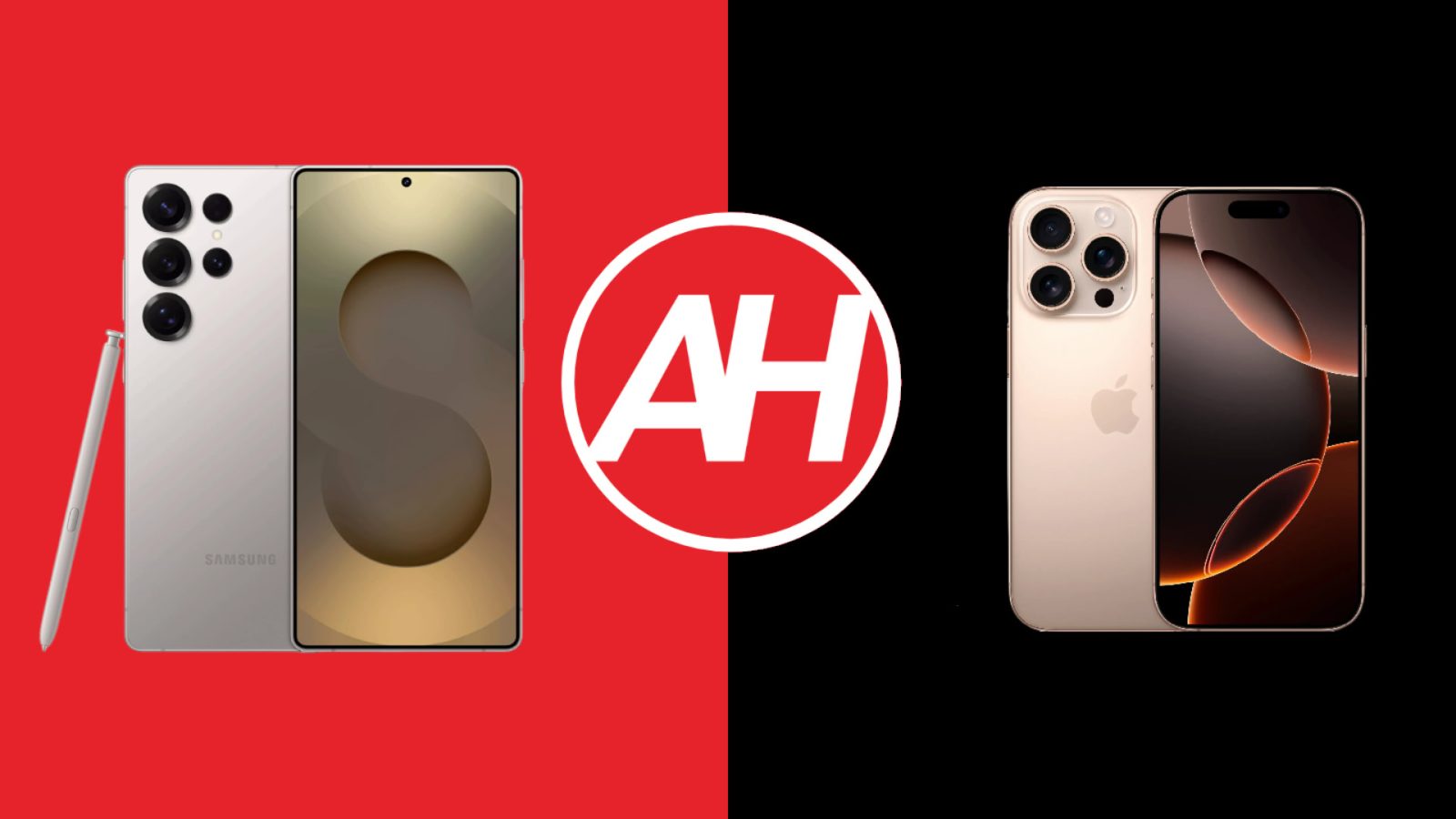
Contents
It’s time to compare the very best of Samsung, and the moment, and the smaller of two Apple flagships. In other words, we’ll be comparing the Samsung Galaxy S25 Ultra vs Apple iPhone 16 Pro. We’ve already compared the Galaxy S25 Ultra vs Apple’s current-gen ‘Pro Max’ model, by the way, in case you’re interested in that. These two smartphones are… completely different, which should make for a rather interesting comparison.
The moment you lay your eyes on them, you’ll notice a ton of differences, while that continues when it comes to internals too. As per usual, we’ll first list the specifications of both smartphones and will then switch over to other categories. We’ll be comparing their designs, displays, performance, battery life, cameras, and audio output. Let’s get to it, shall we?
Specs
Samsung Galaxy S25 Ultra vs Apple iPhone 16 Pro, respectively
– Screen size:
6.9-inch Dynamic AMOLED 2X (flat, adaptive 120Hz, HDR10+, 2,600 nits max brightness)
6.3-inch LTPO Super Retina XDR OLED ( flat, 120Hz, HDR, 2,000 nits max brightness)
– Display resolution:
3120 x 1440
2622 x 1206
– SoC:
Qualcomm Snapdragon 8 Elite for Galaxy
Apple A18 Pro (3nm)
– RAM:
16GB (LPDDR5X)
8GB
– Storage:
256GB/512GB/1TB (UFS 4.0)
128GB/256GB/512GB/1TB (NVMe)
– Rear cameras:
200MP (wide, f/1.7 aperture, OIS, multi-directional PDAF, 1/1.3-inch sensor, 0.6um pixel size), 50MP (ultrawide, 120-degree FoV, f/1.9 aperture, Dual Pixel PDAF 0.7um pixel size), 10MP (telephoto, f/2.4 aperture, OIS, 1/3.52-inch sensor size, Dual Pixel PDAF, 1.12um pixel size, 3x optical zoom), 50MP (periscope telephoto, OIS, 1/2.52-inch sensor size, PDAF, 5x optical zoom)
48MP (wide, f/1.8 aperture, 1/1.28-inch sensor, 1.22um pixel size, sensor-shift OIS), 48MP (ultrawide, f/2.2 aperture, 0.7um pixel size, PDAF), 12MP (periscope telephoto, f/2.8 aperture, 1/3.06-inch sensor, 1.12um pixel size, 3D sensor-shift OIS, 5x optical zoom)
– Front cameras:
12MP (wide, f/2.2 aperture, Dual Pixel PDAF, 1/3.2-inch sensor size, 22mm lens)
12MP (f/1.9 aperture, PDAF, 1/3.6-inch sensor size, OIS)
– Battery:
5,000mAh
3,582mAh
– Charging:
45W wired, 15W wireless (Qi2 Ready), 4.5W reverse wireless (charger not included)
38W wired, 25W MagSafe wireless, 15W Qi2 wireless, 7.5W Qi wireless, 5W reverse wired
– Dimensions:
162.8 x 77.6 x 8.2 mm
149.6 x 71.5 x 8.3 mm
– Weight:
218 grams
199 grams
– Connectivity:
5G, LTE, NFC, Wi-Fi, USB Type-C, Bluetooth 5.4/5.3
– Security:
In-display fingerprint scanner (ultrasonic) & facial scanning
Face ID (3D facial scanning)
– OS:
Android 15 with One UI 7
iOS 18
– Price:
$1,299+
$999+
– Buy:
Samsung Galaxy S25 Ultra (Samsung.com)
Apple iPhone 16 Pro (Best Buy)
Both smartphones are made out of titanium and glass. They do look entirely different, however. The Galaxy S25 Ultra has sharper corners, along with a flat display and a centered display camera hole up top. The iPhone 16 Pro has considerably rounded corners, along with a flat display and a pill-shaped cutout on the display that is centered up top. It’s called ‘Dynamic Island’, by the way.
Both phones have very thin bezels, which are also uniform. The frame is flat all around on both of these smartphones, as is the backplate. The power/lock and volume up and down buttons sit on the right-hand side of the Galaxy S25 Ultra. An S Pen stylus is placed at the bottom, in the bottom-left corner. The iPhone 16 Pro has a power/lock button on the right, along with a Camera Control button. On the left, you’ll find the volume up and down buttons, along with an Action button.
Their camera setups on the back look entirely different as well. The Galaxy S25 Ultra has five protrusions on the back, all of which come directly from the backplate. Four of those are reserved for the phone’s cameras. The iPhone 16 Pro, on the flip side, has a dedicated camera island in the top-left corner. It includes three cameras on the inside, which are also not covered together but protrude directly from that camera island.
The Galaxy S25 Ultra is considerably taller and wider, while it’s slightly thinner. That is perfectly normal as it has a much larger display. Samsung’s flagship is also 19 grams heavier than the iPhone 16 Pro. Both smartphones are very slippery, though, and both are IP68 certified for water and dust resistance.
Samsung Galaxy S25 Ultra vs Apple iPhone 16 Pro: Display
A 6.9-inch Dynamic LTPO AMOLED 2X display sits on the Galaxy S25 Ultra. That panel is flat, and it offers a resolution of 3120 x 1440 pixels. It supports HDR10+ content, and it has an adaptive refresh rate (1-120Hz). The peak brightness is 2,600 nits. The screen-to-body ratio is at around 92%, while the display aspect ratio is 19.5:9. The Gorilla Armor 2 protection from Corning sits on top of the phone’s display.

The iPhone 16 Pro, on the other hand, has a 6.3-inch LTPO Super Retina XDR OLED display. That display is also flat, and it supports HDR10 content and Dolby Vision. It has an adaptive refresh rate (1-120Hz), and the resolution here is 2622 x 1206. The peak brightness this display offers is 2,000 nits. The screen-to-body ratio is at around 90%, while the display aspect ratio is 19.5:9. This display is protected by the Ceramic Shield glass.
Both of these displays are great, actually. They’re vivid, have great viewing angles, and are more than sharp enough. The touch response is good, while the blacks are as deep as you’d expect them to be. The Galaxy S25 Ultra’s panel does technically get brighter, but that’s not something you’ll notice, they both get more than bright enough. The Galaxy S25 Ultra does have one advantage, though, the Gorilla Armor 2, which fights off glare with ease. It’s a night-and-day difference.
Samsung Galaxy S25 Ultra vs Apple iPhone 16 Pro: Performance
Qualcomm’s Snapdragon 8 Elite for Galaxy processor fuels the Galaxy S25 Ultra. That is an overclocked variant of the Snapdragon 8 Elite, Qualcomm’s most powerful chip. It’s a 3nm processor, and it’s paired with 16GB of LPDDR5X RAM. UFS 4.0 flash storage is used by Samsung. On the flip side, the iPhone 16 Pro is fueled by the Apple A18 Pro chip, a 3nm processor. That chip is paired with 8GB of RAM and NVMe flash storage. Neither phone supports storage expansion, in case you were wondering.
In regards to performance, both smartphones deliver, very much so. They’re very snappy during daily use, in regards to basically everything. That goes for opening apps, multitasking, jumping between apps, consuming multimedia, browsing, image processing, and so on. There’s no lag on either phone, really. Chances are they’ll stay very responsive for quite some time, so there’s no need to worry.
In regards to games, well, they both deliver in that area too. Lower-end and mid-range games are no issue, of course, but the same goes for higher-end titles. Those games will cause more heat to be a part of the experience, but the heat was not an issue for either phone during our testing. We did not encounter overheating or anything like that.
Samsung Galaxy S25 Ultra vs Apple iPhone 16 Pro: Battery
The Samsung Galaxy S25 Ultra includes a 5,000mAh battery on the inside. The iPhone 16 Pro, on the other hand, has a 3,582mAh battery. That is perfectly normal as the iPhone 16 Pro is considerably smaller, plus Apple tends to include smaller battery packs in iPhones than their Android counterparts. You’ll be glad to hear that both smartphones offer outstanding battery life, and that the iPhone 16 Pro actually rivals the Galaxy S25 Ultra.
The Galaxy S25 Ultra still offers slightly better battery life in our testing, but the iPhone 16 Pro is great in that regard. It’s one of the best compact flagship smartphones in the market in terms of battery life. For some people, both of these phones will offer two-day battery life, they’re that good. Even if you’re a power user, chances are you won’t have to worry about charging them up in the middle of the day.
The Samsung Galaxy S25 Ultra supports 45W wired, 15W wireless (Qi2 Ready), and 4.5W reverse wireless charging. The iPhone 16 Pro, on the flip side, supports 38W wired, 25W MagSafe wireless, 15W Qi2 wireless, and 4.5W reverse wired charging. The Galaxy S25 Ultra can be fully charged in about an hour, while it will take the iPhone 16 Pro about an hour and 40 minutes to get there. Neither phone includes a charger in the retail box.
Samsung Galaxy S25 Ultra vs Apple iPhone 16 Pro: Cameras
There are four cameras on the back of the Galaxy S25 Ultra. A 200-megapixel main camera (1/1.3-inch sensor size) is backed by a 50-megapixel ultrawide unit (120-degree FoV). A 10-megapixel telephoto camera (1/3.52-inch sensor size, 3x optical zoom) is also included, as is a 50-megapixel periscope telephoto unit (1/2.52-inch sensor size, 5x optical zoom).

A 48-megapixel main camera (1/1.28-inch sensor size) sits on the back of the iPhone 16 Pro. It’s one of the three cameras back there. The second one is a 48-megapixel ultrawide unit (1/2.55-inch sensor size), while the third one is a 12-megapixel periscope telephoto camera (1/3.06-inch sensor size, 5x optical zoom).
Both of them can produce nice and balanced images. The iPhone 16 Pro does lean more toward warmer color tones in photos, however. They can both provide good dynamic range and good colors, though the Galaxy S25 Ultra tends to boost colors artificially, and that shows in some images. They can also provide good photos in low light, but they’re not the best around. The periscope telephoto camera on the Galaxy S25 Ultra does offer better performance than the one on the iPhone 16 Pro. It provides more detail, better in images in general, and better images at high zoom levels.
Audio
Both of these phones feature stereo speakers. The thing is, the ones in the Galaxy S25 Ultra are louder. The difference is not huge, but it’s noticeable. And yes, the iPhone 16 Pro’s speakers’ loudness is more than enough. The sound quality is good on both ends.
There is no audio jack on either phone, but you can use their Type-C ports if you’d like to connect your wired headpones to either device. Alternatively, if you’d like to use wireless connectivity, Bluetooth 5.4 is at your disposal on the Galaxy S25 Ultra, while Bluetooth 5.3 is on offer on the iPhone 16 Pro.
What’s your reaction?
Love0
Sad0
Happy0
Sleepy0
Angry0
Dead0
Wink0
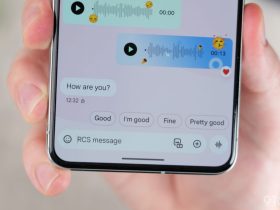

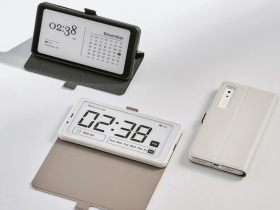


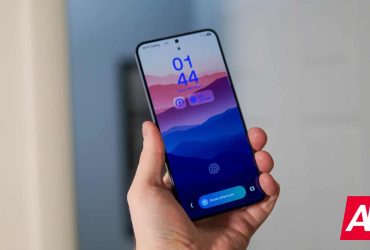
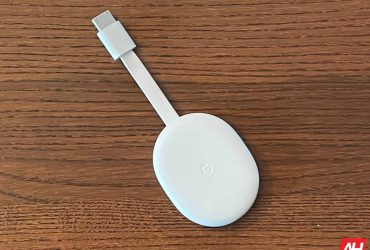
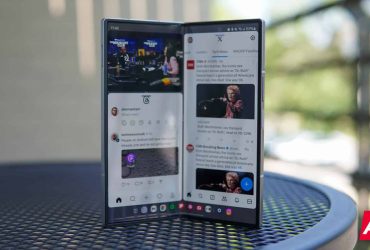
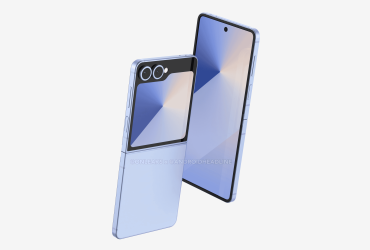
Leave a Reply
View Comments